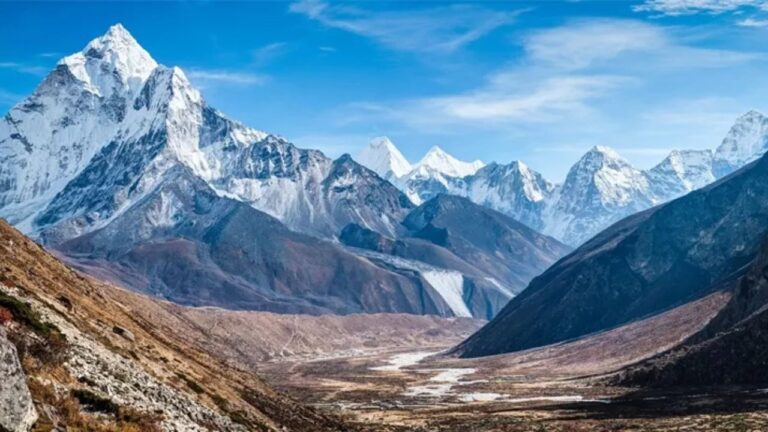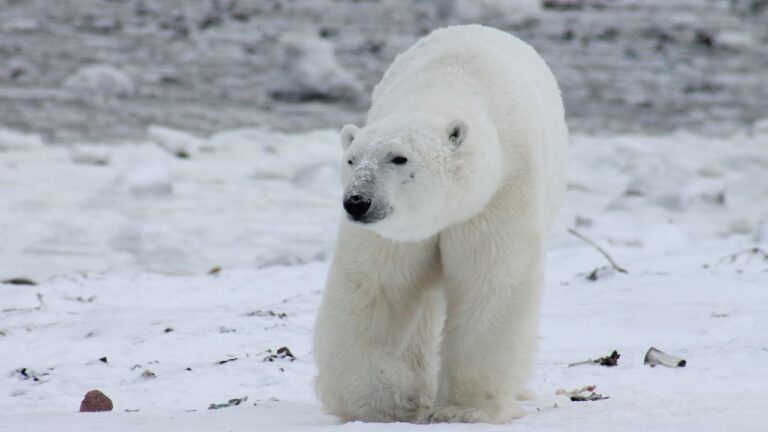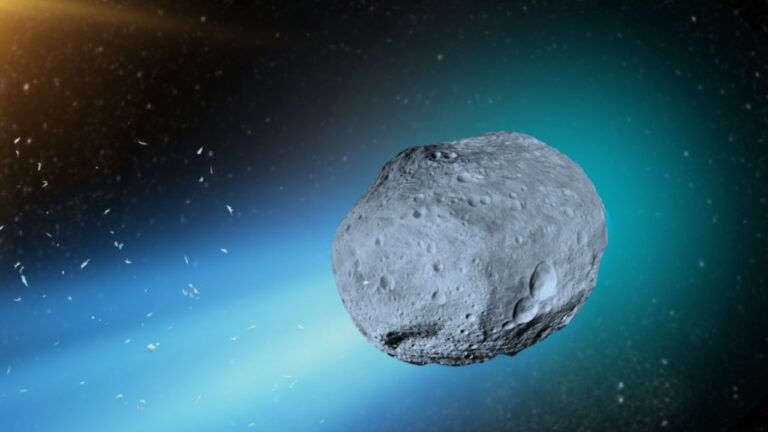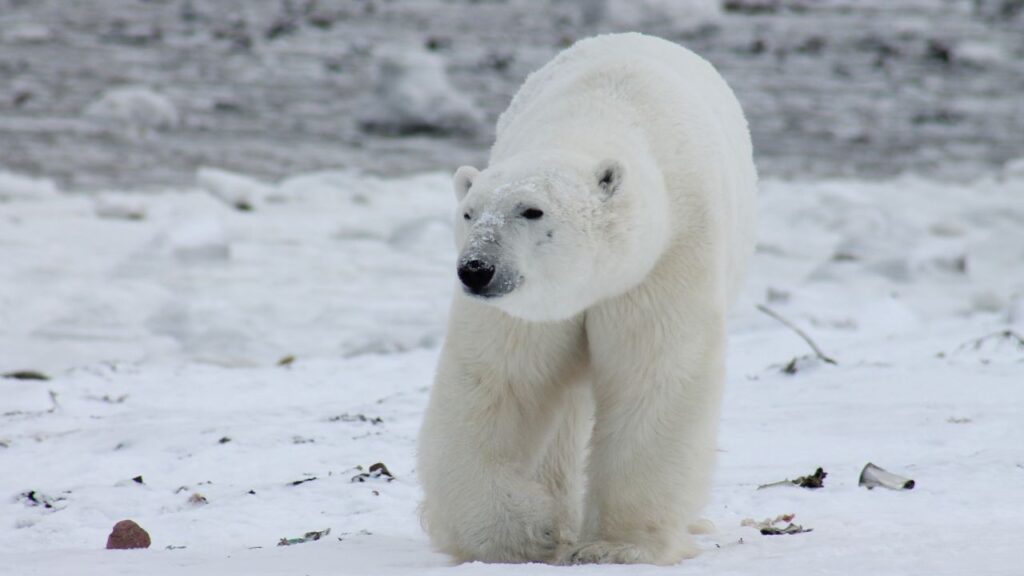
Polar bears are best known as the apex predators of the Arctic. But beyond their powerful hunting skills lies an equally vital ecological function, feeding an entire network of scavenger species.
A new study published on October 28 in Oikos reveals that polar bears leave behind an estimated 7.6 million kilograms of prey remains each year, providing a crucial food source for a wide range of Arctic wildlife. The findings shed new light on the intricate interdependence of Arctic ecosystems and highlight the outsized ecological impact of polar bears beyond their own population.
The study emphasizes the essential role these top predators play in sustaining numerous species, from Arctic foxes to seabirds, and warns that as climate change continues to warm the region and threaten polar bear populations, the entire Arctic food web could face severe disruption.
Source of Food Left Behind
Polar bears primarily hunt seals, relying on their calorie-rich blubber and internal organs for energy. However, they do not consume the entire carcass. Research shows that polar bears typically eat about 70% of their kill, leaving the remaining 30% of seal biomass, mostly muscle, bones, and other tissues, unconsumed.
Over the course of a year, a single bear kills roughly 1,000 kilograms of seals, leaving around 300 kilograms available for other species. Multiplied by the estimated 26,000 polar bears inhabiting the Arctic, this amounts to millions of kilograms of food left behind for scavengers.
An Essential Link in the Arctic Food Web
The remains of polar bear kills represent a major transfer of marine-derived nutrients from seals to terrestrial and ice-associated scavengers. This carrion sustains at least 11 confirmed vertebrate scavenger species, including Arctic foxes, ravens, gulls, and occasionally wolves, grizzly bears, and snowy owls.
These scavengers depend heavily on polar bear leftovers, especially during late winter and spring when other food sources are scarce. Arctic foxes, for instance, often follow polar bear tracks, waiting for the predators to abandon their prey so they can feed on the remains. Gulls and ravens similarly flock to kill sites, competing noisily over seal carcasses left on the ice.
By quantifying this “ecological service,” the study highlights how polar bears act as crucial connectors between marine and terrestrial food webs. By dragging seal prey onto sea ice and land, they make marine biomass accessible to species that would otherwise be unable to exploit such resources, positioning polar bears as true ecosystem engineers of the Arctic.
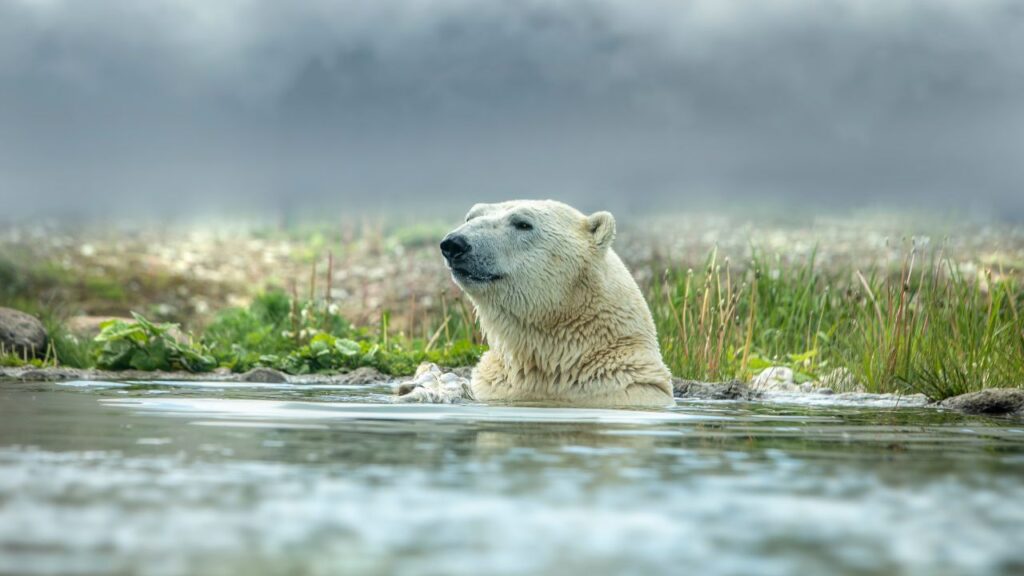
Implications of Declining Polar Bear Populations
The Arctic is warming at nearly four times the global average, leading to drastic sea ice loss and threatening polar bear survival. Declining bear populations have cascading effects on the ecosystem, primarily through the reduction in carrion availability.
Researchers estimate that in regions where polar bear subpopulations have declined, more than 323,000 kilograms of carrion are lost annually, food that scavengers now struggle to find.
Such reductions could severely affect scavenger species that evolved to depend on polar bear leftovers as a stable food source. A drop in carrion availability may reduce their survival and reproductive success. Furthermore, melting sea ice makes it increasingly difficult for scavengers to access carcasses left on the ice surface.
Human Impacts and Changing Bear Behavior
In addition to natural pressures, human activity is creating new challenges. As sea ice diminishes and polar bears spend more time on land, they increasingly scavenge from human garbage dumps near Arctic communities.
While this behavior may temporarily ease food shortages for hungry bears, it also poses serious risks. Bears consuming trash face health hazards from plastics and toxins, and their proximity to settlements raises the likelihood of human-wildlife conflict. Managing waste and reducing attractants are therefore vital for protecting both bears and local communities.
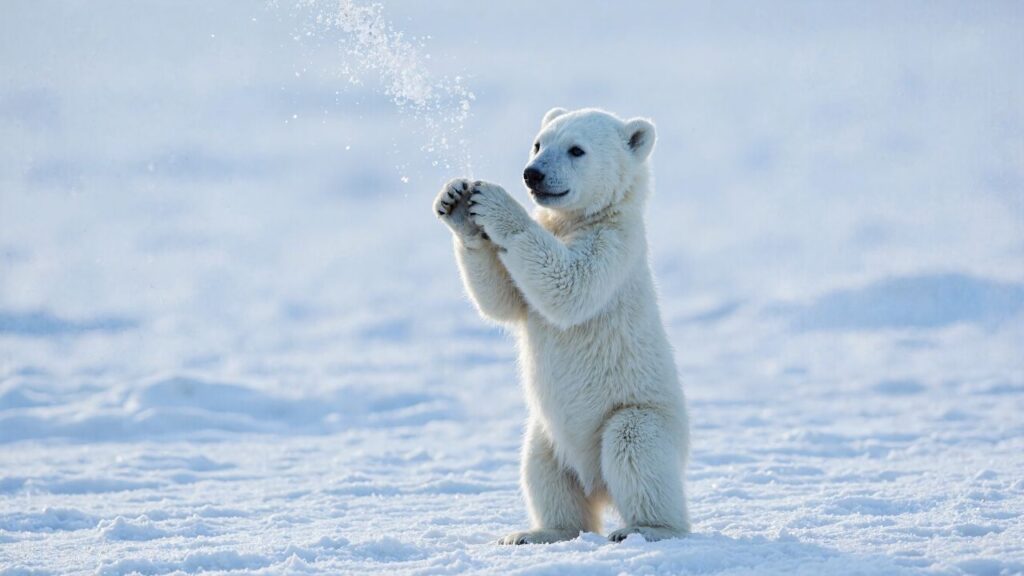
Conservation Urgency
This emerging understanding of polar bears as major providers of food resources for other Arctic species strengthens calls to safeguard their populations amid accelerating climate change. Protecting polar bears is not only about conserving an iconic predator, it’s about preserving the entire Arctic web of life that depends on them.
Their role as suppliers of marine carrion underpins the survival of terrestrial and avian scavengers and maintains ecological balance across the region.
In conclusion, polar bears are far more than solitary hunters; they are vital ecosystem engineers whose kills feed millions of kilograms of wildlife annually. As the Arctic faces unprecedented environmental change, protecting these apex predators is essential to maintaining biodiversity and stability in one of the planet’s most fragile ecosystems.


